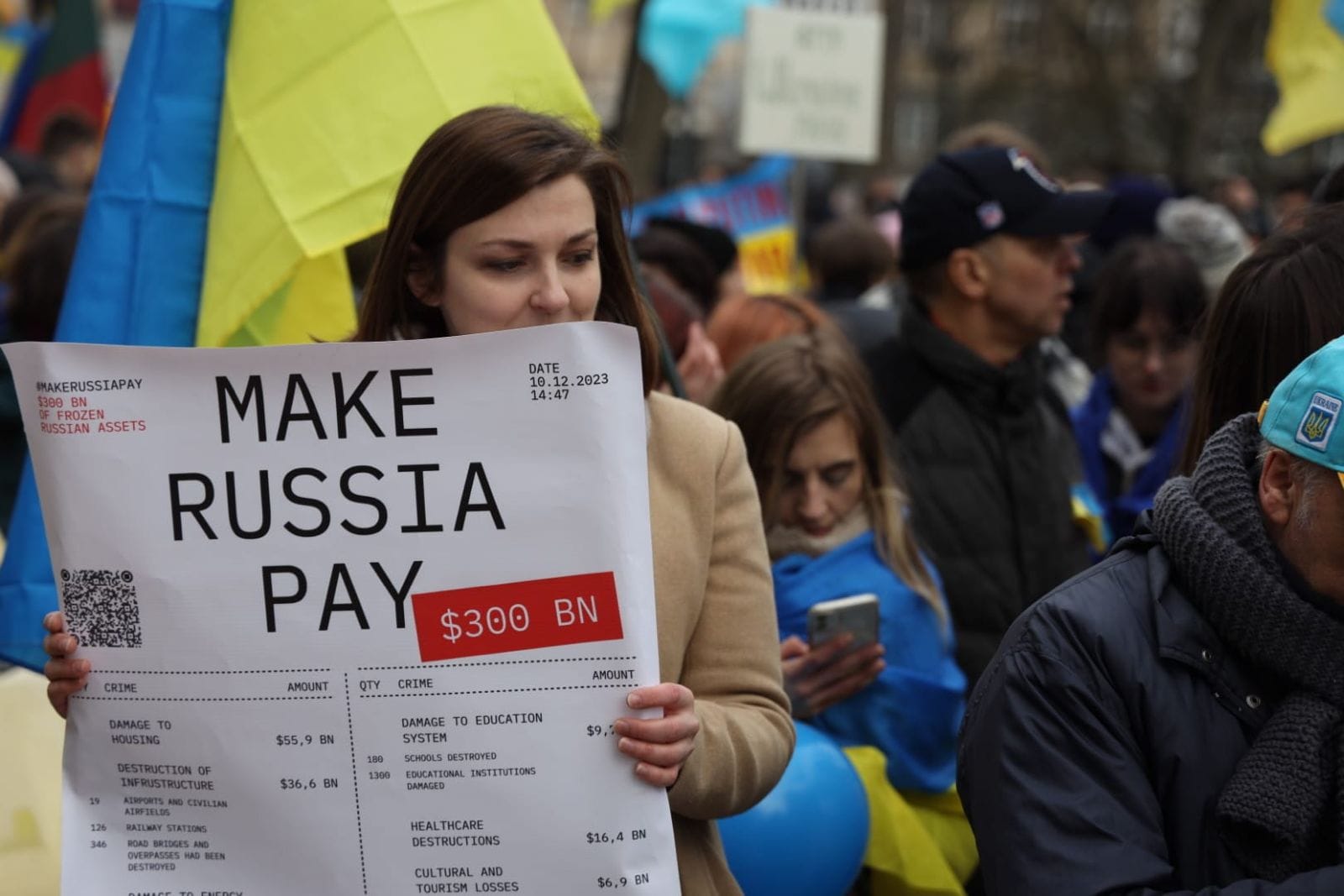Ukraine received €4 billion from the European Union on 1 October, the Day of Defenders—timing Prime Minister Yulia Svyrydenko called symbolic.
The payment came from the G7’s Extraordinary Revenue Acceleration (ERA) mechanism, secured by proceeds from immobilized Russian Central Bank assets held in the EU.
Svyrydenko described the funds as representing “thousands of saved lives, restored cities, and Ukraine’s irreversible European path.”
The Ministry of Finance has now drawn €14 billion from the EU under ERA, out of a planned €18.1 billion. The remaining funds should arrive by the end of 2025, according to Finance Minister Serhiy Marchenko.
Here’s how the mechanism works: G7 countries provide up to $50 billion in loans to Ukraine. These loans get repaid using profits generated from immobilized Russian sovereign assets. The EU’s share amounts to €18.1 billion, equivalent to $21 billion.
The financing can be allocated to priority state budget expenditures in social and military sectors, as well as reconstruction efforts. According to Marchenko, ERA funds have become a critical tool for meeting Ukraine’s budget requirements in 2025.
The G7 countries and the EU have provided nearly $28 billion in ERA financing to Ukraine during 2024-2025. Ukraine previously received a €1 billion tranche under the same program on 10 September.




